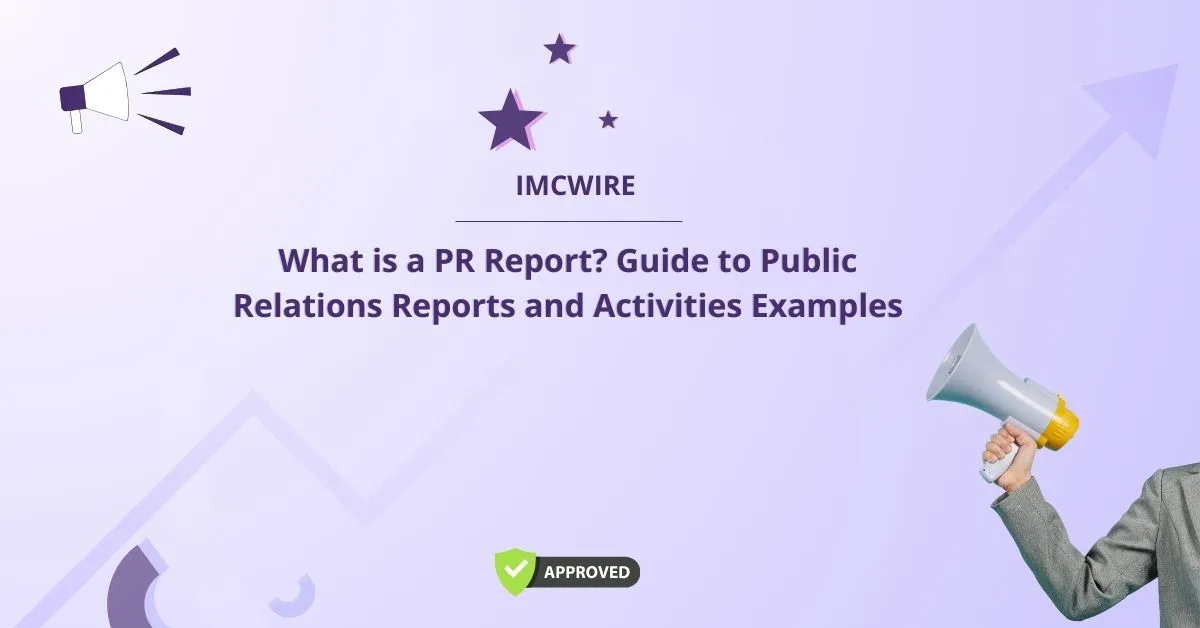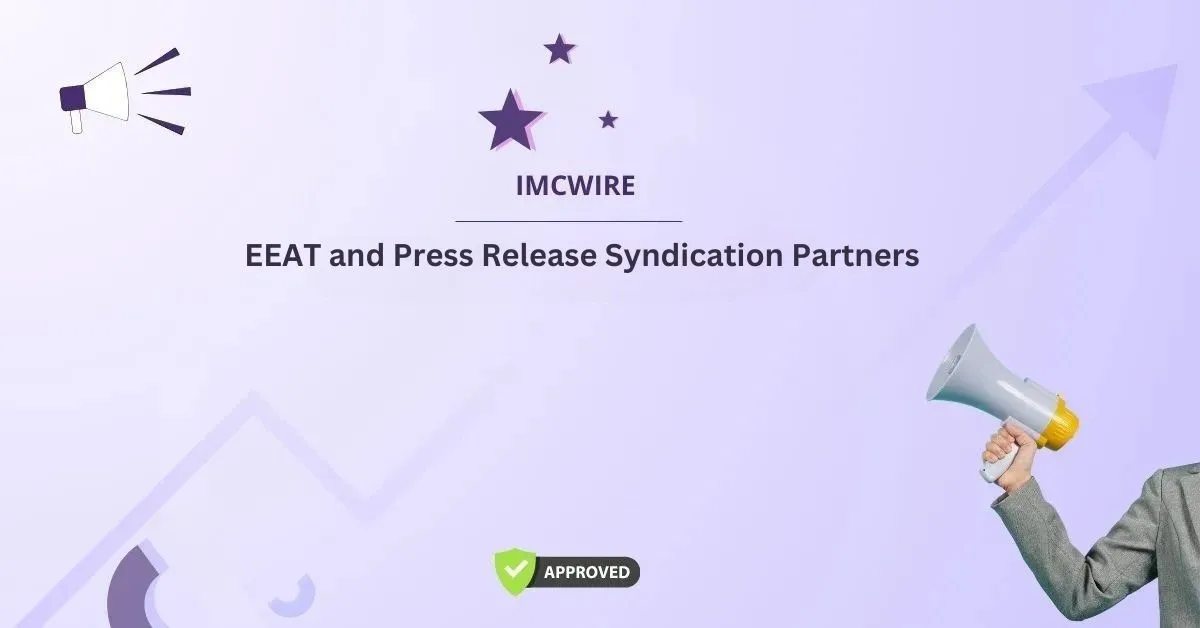In the fast-paced world of public relations (PR), tracking and analyzing the success of your campaigns is crucial. This is where public relations reports come into play. Whether you’re a PR professional, a marketing team member, or a business owner, understanding how to create and utilize PR reports can significantly enhance your communication strategies.
In this blog, we’ll explore what PR reports are, why they matter, and how to create effective reports that showcase your campaign’s success. We’ll also provide examples, templates, and tips to help you master the art of PR reporting.
Public relations (PR) reports are critical components in the measurement, evaluation, and strategic planning of PR activities. They showcase the impact, effectiveness, and value of PR efforts to clients, stakeholders, and internal teams. Whether you’re preparing a PR campaign report, media coverage report, or a public relations monthly report, understanding how to effectively create these reports is essential.
Table of Contents
What Is a PR Report?
A PR report, or public relations report, is a document that summarizes the results and impact of a PR campaign or activity. It provides a detailed analysis of key metrics, media coverage, audience engagement, and overall performance. PR reports are essential for evaluating the effectiveness of your efforts, identifying areas for improvement, and demonstrating the value of your work to stakeholders.
Key Components of a PR Report
- Campaign Overview: A brief summary of the campaign’s goals, objectives, and strategies.
- Media Coverage: Details about the media outlets that covered your campaign, including press clippings, articles, and mentions.
- Audience Engagement: Metrics such as social media interactions, website traffic, and email open rates.
- Key Metrics: Quantitative data like reach, impressions, and sentiment analysis.
- Challenges and Learnings: Insights into what worked, what didn’t, and how to improve future campaigns.
- Conclusion and Recommendations: A summary of the campaign’s success and actionable recommendations for the future.
Why Are Public Relations Reports Important?
PR reports serve several critical purposes:
- Measuring Success: They help you determine whether your campaign achieved its goals and objectives.
- Accountability: PR reports provide transparency and accountability to clients, stakeholders, or internal teams.
- Data-Driven Decisions: By analyzing the data in your PR reports, you can make informed decisions for future campaigns.
- Showcasing Value: A well-crafted PR report demonstrates the tangible impact of your PR efforts, making it easier to justify budgets and resources.
- Building Trust: Regular reporting builds trust with clients and stakeholders by keeping them informed about campaign progress and results.
Types of Public Relations Reports
There are several types of PR reports, each serving distinct purposes:
1. PR Campaign Report
A PR campaign report evaluates specific campaigns, detailing objectives, activities performed, results achieved, and analysis of effectiveness.
2. Public Relations Monthly Report
A monthly report provides an ongoing summary of PR activities, media engagements, and performance metrics.
3. Media Coverage Report
This type of report highlights media coverage received during a certain period, providing press clippings examples and analysis.
4. PR Activity Report
An activity report provides detailed descriptions of all public relations activities, such as press releases, events, media outreach, and social media interactions.
5. PR Analysis Report
Focused on deep insights, this report analyzes data to gauge overall campaign effectiveness and identify areas for improvement.
How to Write a PR Report
Creating a PR report may seem daunting, but with the right structure and approach, it can be a straightforward process. Here’s a step-by-step guide on how to write a PR report:
1. Define Your Objectives
Before you start writing, clarify the purpose of the report. Are you evaluating a specific campaign, providing a monthly update, or analyzing media coverage? Knowing your objectives will help you focus on the most relevant data and insights.
2. Gather Data
Collect all the necessary data for your report. This may include:
- Media coverage (e.g., press clippings, articles, and mentions)
- Social media metrics (e.g., likes, shares, comments, and impressions)
- Website analytics (e.g., traffic, bounce rate, and conversions)
- Email campaign performance (e.g., open rates and click-through rates)
- Sentiment analysis (e.g., positive, negative, or neutral feedback)
3. Organize the Information
Structure your report in a clear and logical manner. Use headings and subheadings to break down the content into sections, such as:
- Campaign Overview
- Media Coverage
- Audience Engagement
- Key Metrics
- Challenges and Learnings
- Conclusion and Recommendations
4. Use Visuals
Incorporate charts, graphs, and tables to make your data more digestible. Visuals can help highlight key trends and make your report more engaging.
5. Provide Context
Don’t just present the data—explain what it means. For example, if your campaign generated 1,000 media mentions, explain how this compares to previous campaigns or industry benchmarks.
6. Summarize and Recommend
End your report with a summary of the campaign’s performance and actionable recommendations for future efforts. This shows that you’re not just reporting on the past but also planning for the future.
PR Report Example
To give you a better idea of what a PR report looks like, here’s a simplified PR report example:
Campaign Overview:
- Campaign Name: “Eco-Friendly Living”
- Objective: Increase brand awareness and promote sustainable products
- Duration: January 1 – January 31, 2023
Media Coverage:
- Total Media Mentions: 150
- Top Outlets: Green Living Magazine, Eco News Daily, Sustainable Life Blog
- Press Clippings Example: [Link to article]
Audience Engagement:
- Social Media Impressions: 500,000
- Website Traffic: 10,000 unique visitors
- Email Open Rate: 25%
Key Metrics:
- Reach: 1 million
- Sentiment Analysis: 80% positive, 15% neutral, 5% negative
Challenges and Learnings:
- Challenge: Limited engagement on Instagram
- Learning: Focus on creating more visually appealing content for Instagram
Conclusion and Recommendations:
- The campaign successfully increased brand awareness and generated significant media coverage.
- Recommendation: Allocate more resources to Instagram content creation for future campaigns.
PR Report Template
To streamline your reporting, consider using a standardized PR report template:
PR Monthly Report Template:
- Executive Summary
- Objectives & Goals
- Monthly Activities (media outreach, events, releases)
- Media Coverage Highlights (with examples)
- KPI Metrics (reach, impressions, engagement)
- Analysis & Recommendations
- Appendices (media clippings, detailed analytics)
Media Coverage Report Example
Media coverage reports provide concise summaries and analyses of press mentions:
Media Coverage Report Template
- Media Outlet
- Article Title
- Date Published
- Reach/Impressions
- Tone of Coverage (Positive, Neutral, Negative)
- Link or Screenshot
Example:
- Media Outlet: Forbes
- Article Title: “Company X’s Sustainable Revolution”
- Date Published: April 15, 2024
- Reach: 1,500,000 readers
- Tone: Positive
- Link: [URL]
Public Relations Documents and Resources
Creating effective PR reports often requires additional public relations documents:
- CoverageBooks: A platform that streamlines creating professional media coverage reports.
- Press Clippings: Essential proof points showing actual media coverage.
- PR Campaign Documents: Include strategies, calendars, media lists, and outreach plans.
Examples of Public Relations Activities
Effective PR reports should highlight various PR activities, including:
- Press releases and media advisories
- Product launches
- Press conferences
- Media interviews
- Influencer engagements
- Community events
Best Practices in PR Reporting
- Regularly track and document activities for accuracy.
- Utilize clear, visually appealing report designs.
- Provide insightful analysis, not just data.
- Always include actionable recommendations.
Sample PR Analysis Report Insights
Analyzing PR effectiveness goes beyond reporting numbers. Here’s an insight-driven example:
“Media placements increased 40% compared to last quarter, driven by strategic partnerships with key journalists. However, social media engagement plateaued, suggesting a need for fresh, interactive content.”
Public Relations Monthly Report: Regular Tracking
Regular reporting (monthly) allows PR teams to adapt swiftly:
- Track monthly PR performance.
- Adjust strategies based on immediate insights.
- Keep stakeholders informed and engaged consistently.
Media Reports Definition
Media reports are systematic compilations and analyses of media coverage, enabling companies to evaluate their public image and track trends. These reports inform strategic PR decisions and communication planning.
PR Activities Examples for Reports
Include diverse examples of PR activities in reports:
- Media outreach campaigns
- Product launch events
- Social media campaigns
- Crisis management responses
What is CoverageBooks?
CoverageBooks is a digital platform designed for easily compiling media coverage into comprehensive, visually appealing reports. It simplifies PR reporting, saving significant time and effort.
Conclusion
Public relations reports are an essential tool for measuring the success of your PR efforts and demonstrating their value to stakeholders. By following the steps outlined in this guide, you can create clear, concise, and impactful PR reports that showcase your achievements and provide actionable insights for future campaigns. Whether you’re using a PR report template, analyzing media coverage reports, or summarizing PR activities examples, the key is to focus on data, context, and clarity.
With the right approach, your PR reports can become a powerful tool for building trust, making data-driven decisions, and achieving your communication goals. So, the next time someone asks, “What is a PR report?” or “How to write a PR report?” you’ll have all the answers—and the tools—to create reports that truly make an impact.
Final Thoughts: Mastering Public Relations Reports
Understanding how to write a PR report effectively enhances your ability to demonstrate the strategic value of public relations clearly. Use these insights, examples, and templates to build comprehensive reports that effectively communicate your PR campaign’s success and areas for improvement.
At IMCWire, we specialize in optimizing PR strategies and providing resources to streamline your public relations reporting processes. For more expert advice and tools, visit the IMCWire website.









